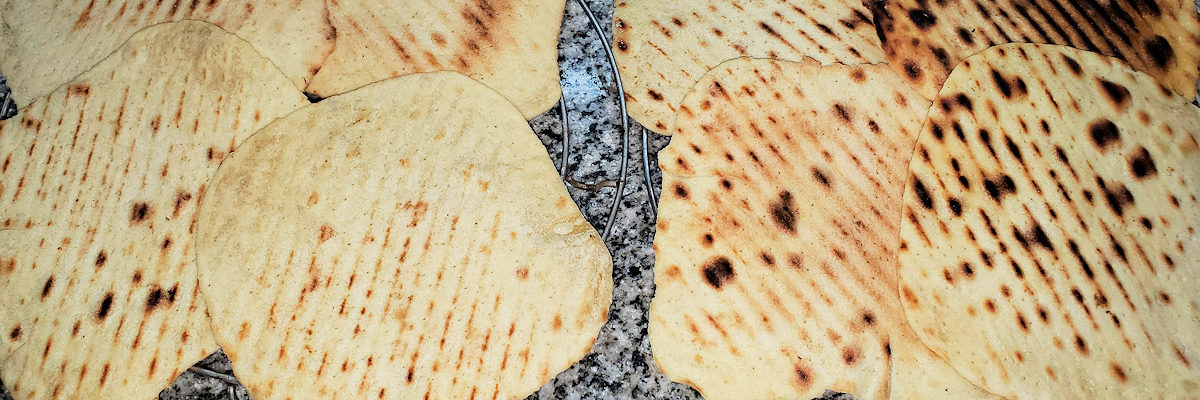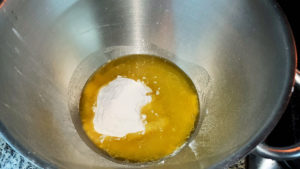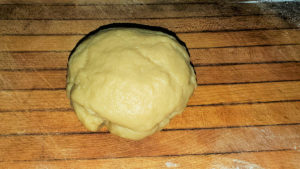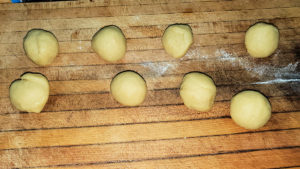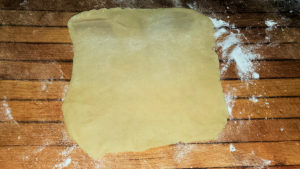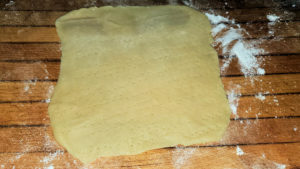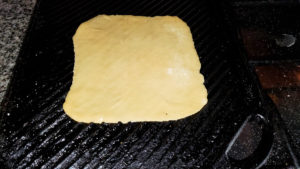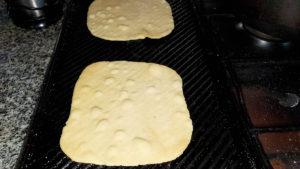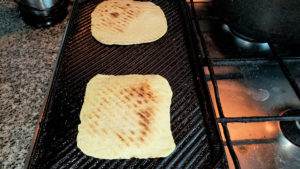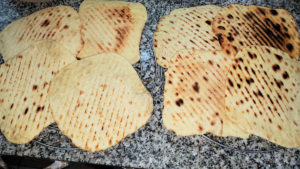The Torah says: “You shall eat matzot during seven days…bread of suffering, for you departed Egypt in great haste.”
Here we are in the time of Passover, Pesach, or, as it’s called here, Pesaj. A week long holiday when those of us of the Jewish faith are enjoined not just not to not eat “leavened bread”, or chametz, but are specifically instructed to eat what the current youngest member of my family reacted to with, “these crackers are rotten”. We all live with the knowledge that, unless we live in a place where there’s high turnover, like, say, New York City or Miami, those boxes of matzo in the local supermarket have been sitting in the storage room since last Passover.
But what’s the deal with matzo? We know the whole story of the bread not having time to rise (but apparently there was time to slap it on the cooking fire and cook it) when the Jews were hastily packing up to leave Egypt in the wee hours (who was up making bread dough at four o’clock in the morning?).
Bread is the staff of life, but matzah is the most basic bread, the simplest food made by man. Matzah involves the amalgamation of the three basic elements that define civilized man: grain, water and fire. No external element beyond flour and water is permitted to define or influence its form. Matzah is made of flour and cold water — nothing more. If the mixture of flour and water was allowed to stand for more than 18 minutes, the process of fermentation has already begun to take place. Yeast bacteria, found in the air, invade the dough, multiply by the millions and cause fermentation. The yeast microorganisms are an uninvited invading army, intruding on the flour and water mixture, helping themselves to a delicious meal of sugar molecules. As the yeast microorganisms multiply by the billions, they release the carbon dioxide gas that sours the dough, causing it to rise and become airy and light. – The Inner Meaning of Matzah
Okay, who figured this all out? Sure, I know that even back then Jewish mothers wanted their sons to become doctors, or at a minimum, scientists, but “yeast bacteria”? We didn’t even know bacteria or other microorganisms existed in those days. Are you telling me that the rabbis and sages sat around timing mixtures of flour and water to see when the first bubble of fermentation gas appeared? I’ll tell you, unless they’re adding yeast to the mix, rather than allowing natural yeast to enter from the air, there’s no way that it happened in 18 minutes. More like 18 hours.
But back to the matzos themselves – are we really limited to those stale crackers in plastic wrapped cardboard? The ones where the packaging might actually taste better? I know we’re not, because I’ve had fresh baked matzo, and I’ve even had the occasional package who’s “date of manufacture” was sometime within the last weeks, and it’s an entirely different experience. I’ve made matzo before, using nothing but flour and water, as the above paragraph suggests, and while better, it’s still bland.
And where in the Torah does it say that matzo has to be made of nothing but those two ingredients? It doesn’t. In the four mentions of it in the entire book, no details are given. Even in the Talmud, where although I haven’t gotten to the Passover section in my Daf Yomi study, it doesn’t say that (in fact, allowing for any of five different grains – wheat, spelt, barley, rye, or oats – the last being your only option for kosher for Passover gluten free matzo). A bit of research suggests that the thin, flat version, baked until crisp, is specifically an Ashkenazi, or Eastern European, rabbinical tradition dating only back to the 18th century. In Sephardic, or Middle Eastern tradition, the region where we supposedly came from, it is permitted to add eggs, fat, fruit juices, and sometimes even flavorings, and the matzos can be crisp or soft (kind of a Middle Eastern tortilla), and even thick – according to the Talmud, “up to one handbreadth” – around 3″ thick! – at first I thought they meant the thickness of the hand, around half to three-quarters of an inch, but no, they mean the width of one’s palm, or “four fingers”. You can guess which way I turned in my various matzo experiments….
So, Olive Oil Matzos…. let’s go!
Okay – I’m going for crisp and thin, but I’m going for flavor. For anyone who bakes bread regularly, these measurements will seem “off”. And your first impulse will be to think that I’ve gotten them wrong. But, if you’ve ever made “real” Mexican tortillas, with the proper nixtamilized cornmeal, water, and lard, you might see a similarity. At times it almost seems like the flour component is lost in the amount of fat and liquid. Now, if you’re worried about your 18 minutes, get your stovetop grill or a grill pan or even just a cast iron skillet, heating up now.
150 grams of bread flour (higher gluten flour) (5¼ oz)
55 gm of water (slightly underfill ¼ cup)
55 gm of good olive oil (slightly overfill ¼ cup)
¼ teaspoon of salt
I specifically didn’t give the bread flour measurement in cups because it’s so dependent on your particular flour, whereas water and olive oil are easy conversions. But if you look online, you’ll find that depending on source, a cup of flour is listed at anywhere from 95 to 160 grams of weight. This is why a) professional bakers weigh everything out, and b) sometimes when you follow a recipe to the letter, it doesn’t work out right. However, if you need a “quick and dirty” estimate, I’d say for most bread flours, you’re looking at about a cup, maybe just slightly more.
I started to use the mixer as you can see above, but it’s such a small quantity, that I actually ended up, once it was just mixed, pulling it out and kneading it by hand – the dough blade wasn’t picking it all up well. It looks and feels oily, and that’s fine.
For this amount, separate into eight portions and roll into balls.
The dough will actually absorb more flour as you roll it out, since there’s no way to do that with something this wet without using a fair amount of flour on the board. Roll it out into a square, or round, roughly 12cm/5″ across.
“Dock” it, i.e., prick it all over with a fork.
Straight onto the grill (I went with a medium flame underneath), docked side down.
When bubbles start to appear (these are air pockets, not leavening, don’t worry, you’re not violating kosher laws), start to check the underside until it’s getting lightly browned. Now, given that my grill can only handle two at a time, I guess I violated the 18 minute rule with the later matzos, but again – that’s a rabbinical decision that comes into play a long, long time after the Exodus (13th century BCE versus sometime between the 4th and 18th century CE). And I don’t keep kosher anyway, I just wanted some tasty matzo.
Flip them over and cook the underside – it’ll take less time on the second side to brown since it’s already basically cooked through.
And, set aside to cool. You’ve got matzo!
And… It was good. Even Henry liked it. I think it reminded him of some flatbread, maybe a torta frita from northern Peru.
